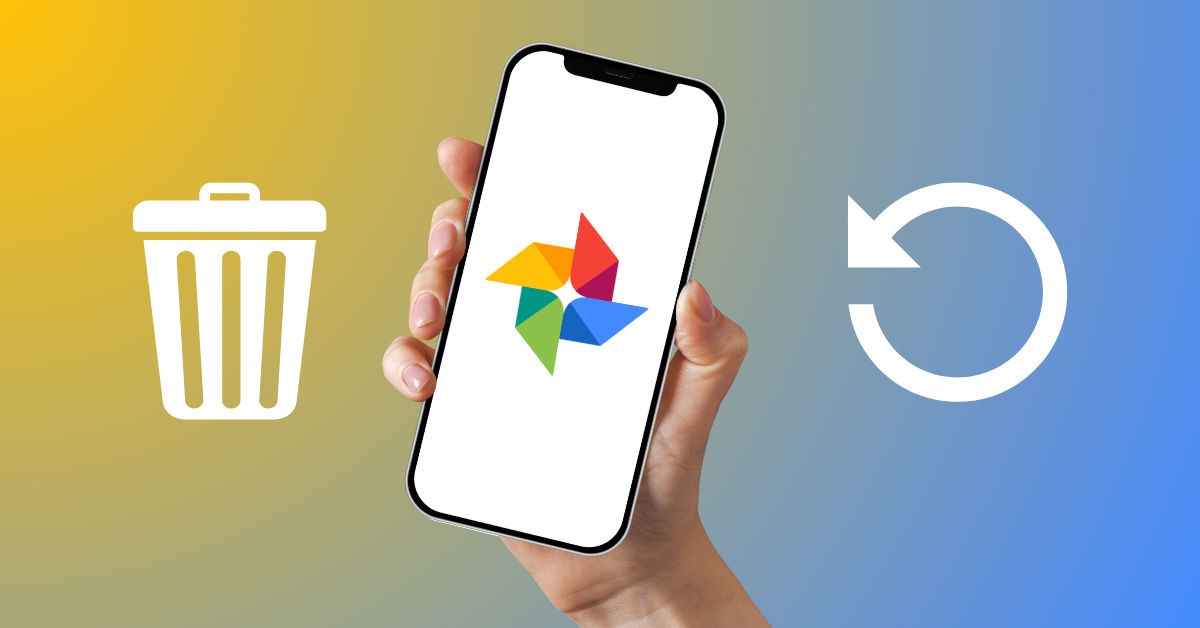Instantly Revive Your Memories: Recover Photos, Videos & Documents Without Hassle
Accidentally deleted photos, videos, or files? No stress. With this smart recovery software, items you thought were lost forever can be restored in no time and with total ease.
Anúncios
Within minutes, your device can be scanned and everything recovered—no tricky processes, no wasted hours, and no chance of losing your most meaningful digital treasures again.
Your smartphone or tablet isn’t the last destination for your files. With this secure tool, you’ll always have your memories, projects, and documents safe, accessible, and instantly recoverable.
What do you want to do?
When Your Phone Swallows Your Files — How to Recover Without Panic
We live in an age where our smartphones have become far more than simple communication tools. They are our diaries, our cameras, our workstations, and even our storage vaults.
Anúncios
Inside that compact piece of glass and metal lies an entire history of our lives: conversations with loved ones, photos from milestones, videos that capture laughter and tears, tickets for upcoming trips, contracts that represent hours of effort, and documents that sustain our careers.
But as much as our devices serve as digital vaults, they are not infallible.
A mistaken swipe, an accidental reset, a system glitch, or a corrupted memory card can suddenly turn that trusted archive into a void. And few things feel as gut-wrenching as opening your gallery or files app only to discover that something precious is missing.
That Moment of Panic
Picture this: you’re searching for a video of your child’s first steps, or an urgent document for a meeting, only to realize the file has vanished.
Not hidden. Not misplaced. Completely erased. The sinking feeling that follows is one of the most universal experiences of the digital era. It’s not just about data; it’s about memory, effort, and trust.
The good news? In most cases, deleted files are not permanently gone. With the right tools and timely action, you can often recover what felt lost forever. The key lies in understanding how file deletion works, what causes data loss, and which recovery paths are available to you.
Why Data Loss Feels Personal
When people hear the word “data,” they imagine numbers, spreadsheets, or technical jargon. But on a personal level, data means so much more.
- A family photo isn’t just pixels—it’s an irreplaceable memory.
- A voice message isn’t just audio—it’s the sound of someone you may not hear again.
- A work contract isn’t just text—it’s hours of dedication, deadlines, and credibility.
Psychologists explain this through loss aversion: humans feel the pain of losing something far more strongly than the joy of gaining something new. That’s why losing an old childhood picture can feel devastating, while finding $10 on the ground only brings a fleeting smile.
When your phone “swallows” your files, it shakes more than your storage—it shakes your sense of security.
What “Delete” Really Means
Here’s the part that brings hope: deleting a file usually doesn’t mean it’s instantly destroyed. Think of it like a library.
When you delete a file, you’re not shredding the book—you’re simply removing the catalog entry. The book still exists, tucked away, until something else is placed on that shelf.
Recovery tools work by scanning those hidden shelves, bringing back what the system marked as “gone.” But there’s a catch: if new data overwrites the space where the old file was stored, recovery becomes impossible.
That’s why acting quickly and avoiding further use of your device are essential when you lose important files.
Common Reasons Files Disappear
Understanding why files vanish can help you both recover and prevent future losses. Some of the most frequent causes include:
- Accidental deletion – A slip of the finger is the most common reason people lose files.
- App glitches – Updates or crashes can wipe cached data unexpectedly.
- System errors – Corrupted storage or failed restarts can erase important items.
- Factory resets – Sometimes necessary, but devastating if you forgot to back up.
- Damaged SD cards – External storage can fail suddenly, taking photos and documents with it.
- Cleaning apps – Overzealous “booster” apps often delete files users actually needed.
Even when these things happen, it doesn’t always spell permanent loss—it just requires the right recovery method.
Android vs. iOS: Different Roads to Recovery
The approach you’ll take depends largely on your device’s operating system.
On Android
- A wide range of recovery apps are available.
- Internal memory and SD cards can both be scanned.
- Some tools require root access, but many don’t.
- Even partially overwritten files can sometimes be restored.
On iOS
- Apple builds in more restrictions, but also more safeguards.
- The Recently Deleted folder keeps photos for 30 days.
- iCloud and iTunes backups can often restore “lost” data.
- Specialized tools can extract hidden files from backups.
Neither system guarantees perfect recovery, but both offer real opportunities to get your files back.
Trusted Recovery Tools
When urgency strikes, the last thing you want is to waste time testing unreliable apps. These are some of the most recommended tools:
- DiskDigger (Android): Fast, focused on recovering photos and videos.
- Dr.Fone (Android & iOS): A full suite that recovers media, contacts, and documents.
- Tenorshare UltData (Android & iOS): Allows you to preview files before restoring.
- Dumpster (Android): Works like a recycle bin, keeping deleted items safe.
Your choice depends on your needs—quick restoration, deep scans, or long-term protection.
How Recovery Works in Practice
Most apps follow a similar process:
- Download a reliable recovery app.
- Grant permissions for storage access.
- Select file types you want to recover.
- Run the scan—it may take minutes or hours.
- Preview results and select what to restore.
- Save files to a different location, preferably cloud storage.
The crucial advice: don’t rush, and avoid using the phone while the scan is happening. The cleaner the recovery process, the higher the success rate.
Maximizing Your Chances of Success
Think of recovery like delicate surgery: every step matters. Here’s how to improve your odds:
- Stop using your phone immediately after deletion.
- Don’t install new apps or take new photos until recovery is done.
- Make sure your phone is fully charged during scans.
- Always save recovered files to a different location.
- Back up recovered data immediately to prevent repeat losses.
Prevention: The Smarter Strategy
While recovery apps are life-savers, the best solution is avoiding loss in the first place. You can safeguard your files by:
- Enabling automatic cloud backups (Google Photos, iCloud).
- Saving documents to Google Drive, OneDrive, or Dropbox.
- Regularly transferring files to a computer or external drive.
- Using apps like Dumpster as a safety net.
- Double-checking before confirming deletions.
When prevention becomes habit, “lost files” transform into temporary inconveniences instead of disasters.
Free vs. Paid Recovery Options
It’s tempting to stick with free solutions, but the difference is significant:
- Free apps: Limited to basic photo/video recovery, good for simple cases.
- Paid apps: Offer deeper scans, broader file types, encrypted recovery, and customer support.
If you’re trying to restore priceless memories or critical work, investing in a premium app can make all the difference.
The Emotional Payoff of Recovery
Data recovery isn’t only about technology. It’s about the joy of seeing a lost wedding photo appear again, the relief of retrieving an important contract, or the comfort of hearing a deleted voice note.
In those moments, recovery tools become more than apps—they become bridges to moments we thought were gone.
Final Thoughts: Your Files Are Rarely Truly Lost
The panic of data loss is real, but the finality usually isn’t. More often than not, your files are still there, waiting to be uncovered. With the right knowledge and tools, you can recover them and prevent future heartbreak.
So remember:
- Don’t panic.
- Act quickly.
- Use trusted recovery solutions.
- Build a strong backup habit.
Your photos, videos, and documents aren’t gone—they’re waiting for you. And with the right steps, you can bring them back, protect them, and carry your digital life safely into the future.











